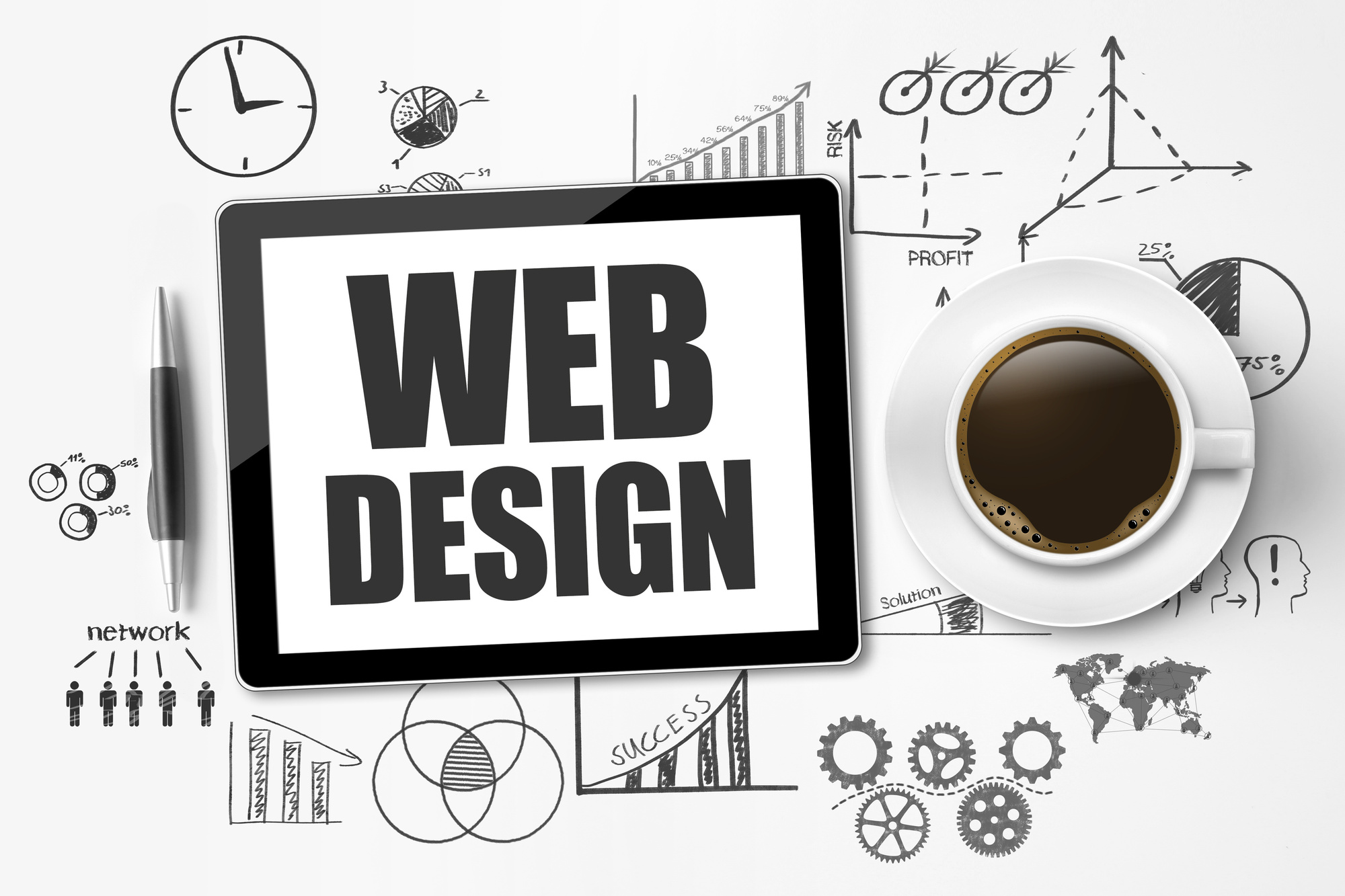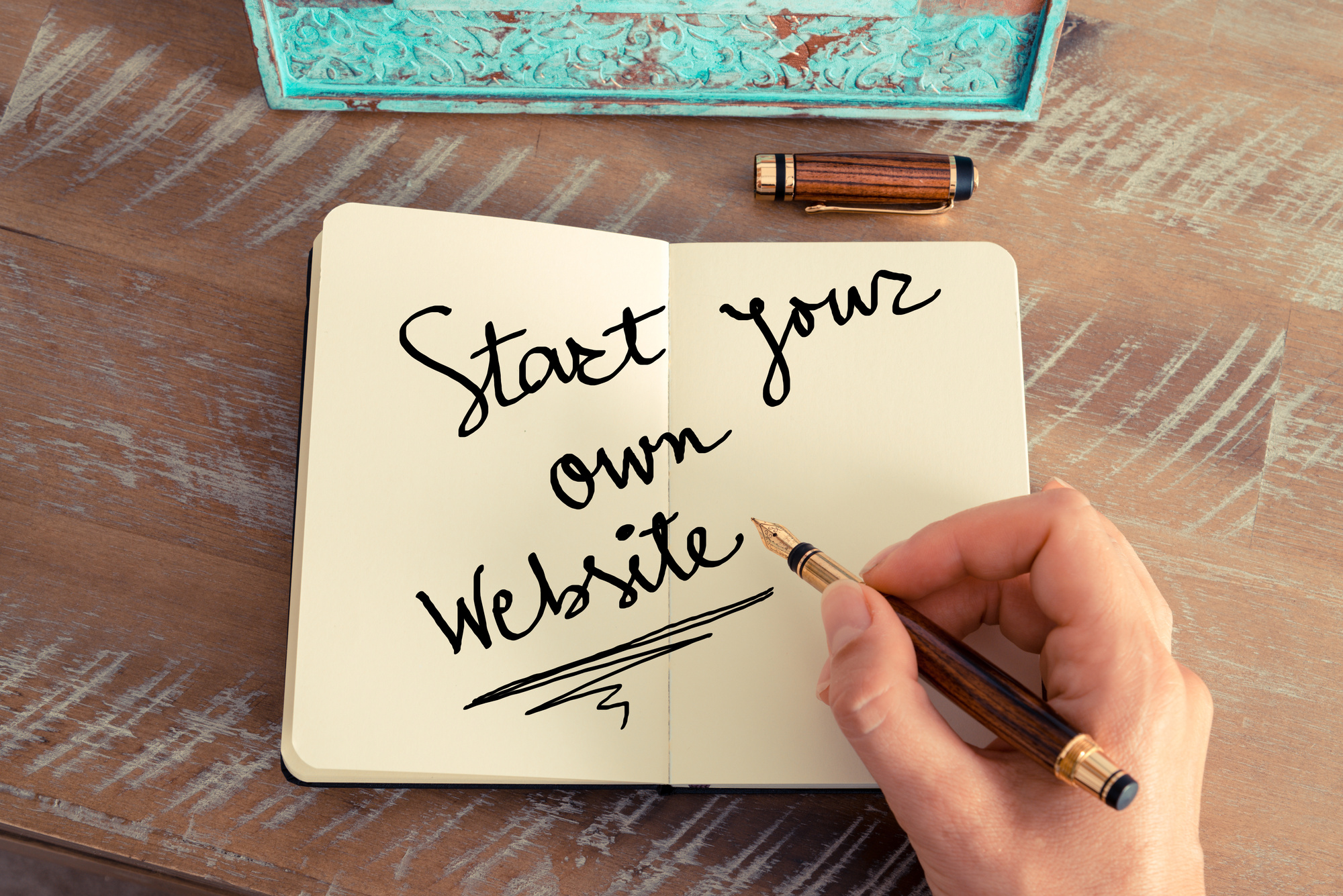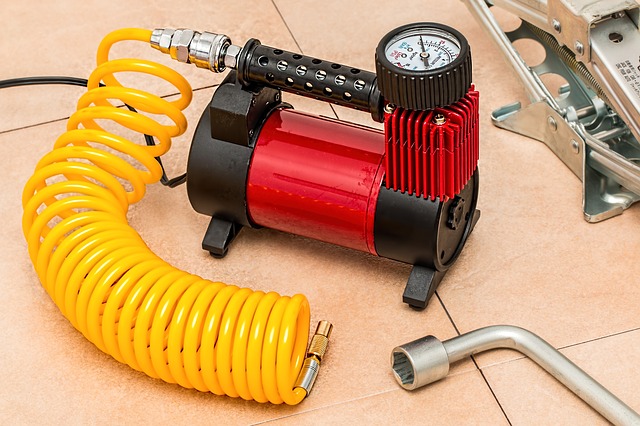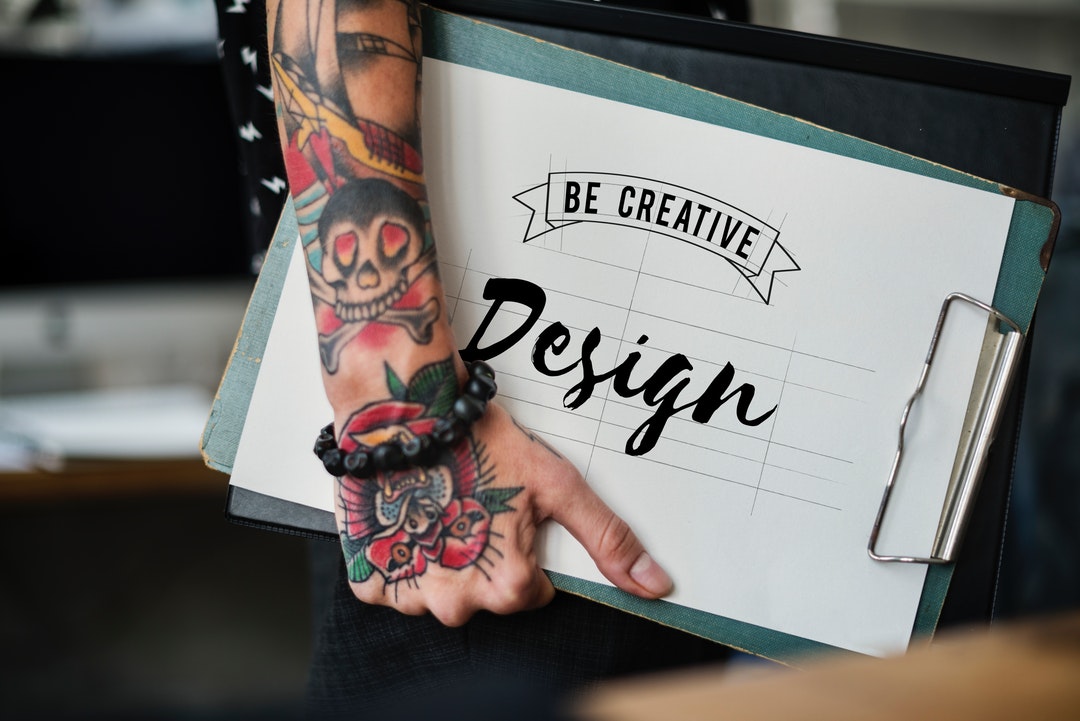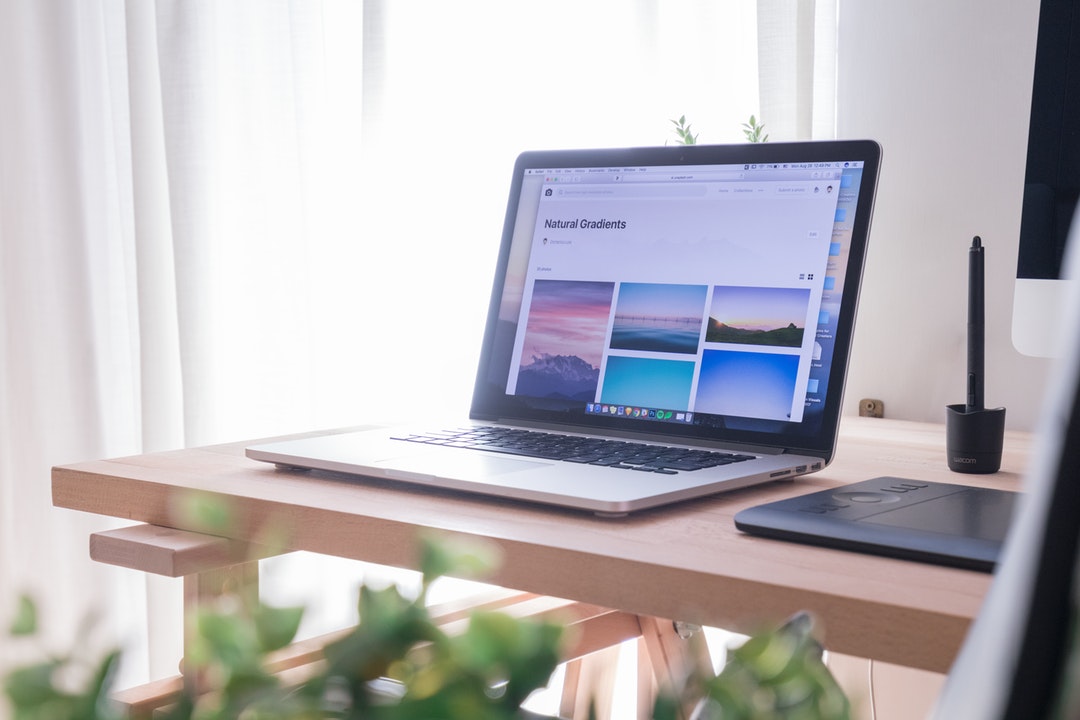User experience has never been more important than it is right now in today’s digital economy. There are 571 new websites created each minute. Each one of them is hoping to stand out from their competition in some way.
You need to ensure your website is operating at peak performance. Image optimization is a simple, easy, and quick way to delight your audience and bring real value to their lives.
We’ll be looking at image optimization, helping you to find the best image size for web success!
Your Guide To Image Optimization
Image optimization is one of the simplest ways to reduce website weight. Let’s begin by learning what image optimization is and why it’s important.
Why Image Optimization Matters
Optimizing your website’s visuals isn’t only important for enhancing user experience. It’s also an integral component of your website’s performance. This plays a major role in how your website is crawled and ranked.
Images make up an average of 54% of a website’s total bandwidth. To put things in a clearer perspective, that’s 27 times the size of your HTML code.
Having uncompressed or unnecessarily large images on your website can greatly reduce page load time. Page load time has become a major factor in mobile search. Bandwidth is particularly important to mobile users, where users are notoriously impatient.
Additionally, mobile design has other problems managing visuals across multiple devices. Bizrate Insight reports that 17% of mobile users find web graphics too small. If they’re squinting at your pictures, they may just look elsewhere.
39% of users may leave a website if the images won’t load or take too long. Losing one-third of your potential traffic and customers is reason alone to learn how to size photos for the web.
Images are massively important for conversions. They showcase your brand in its best possible light. They also convey information as quickly and efficiently as possible.
How To Determine Your Page Load Time
The optimal page speed time is three seconds. Google reports the average page speed of most websites at 8 seconds. Mobile websites take 22 seconds to load, falling far behind the optimal rate.
Optimizing your website’s visuals automatically puts you ahead of your competitors with little effort or expenditure.
To see how your website’s performing, try Google’s Test My Site tool. Test My Site focuses on mobile page load times. There’s a Desktop version, as well, for testing regular browser performance.
Simply enter your website’s address into one of the two tools. You’ll get a detailed report on your website’s performance, which will give you an idea of areas that can be improved.
How To Optimize Images For The Web
You’ll see a metric on image optimization contained within Google’s Test My Site report. It leads to a link where you can ‘optimize the following images.’ You could optimize your images by up to 78% with a single click of a button!
To learn how to optimize images for the web without losing quality, we’ll look at sites powered by WordPress as an example. WordPress powers roughly one-third of the Internet, so there’s a robust community of designers and developers creating tools for the platform.
There are countless image compression plug-ins for WordPress on the market. Smush Image Compression and Optimization is a popular, easy-to-use choice.
To start, install the Smush Image Compression plug-in via your WordPress dashboard. It’ll be available immediately upon installation.
When you upload a graphic to your WordPress site, you’ll see an option to ‘smush’ it. It’s also possible to compress bulk images using the “Bulk Smush” feature.
Smush also makes automating image optimization possible. Go to Smush’s Settings page and you’ll see an option to ‘automatically smush my images on upload.’
Smush also lets you resize your images to a particular size. This also scans your Media Library and automatically resizes the images to your specifications.
Now let’s look at how to optimize your website if you’re not using WordPress.
Image Optimization For Non-WordPress Sites
WordPress is such a popular CMS due to the extensive library of 3rd-party plug-ins. Luckily, there are a ton of great free tools for regular website owners.
Compressor.io is a great place to start. It supports the four most common image file formats. It also features image compression, which lets you optimize images for the web without losing quality.
Compressor.io’s image compression can reduce your website’s image size by up to 78% without sacrificing quality.
Compress JPEG is another fantastic free tool for those looking to compress bulk images. It lets you upload up to 20 images for bulk compression. It saves them as a .ZIP file for easy sharing and file organization.
Compress JPEG also reduces image size by up to 78% without sacrificing quality.
TinyJPG and TinyPNG are two more easy-to-use, free image optimization resources you should know about. Both sites offer previews of the compressed file size in addition to supporting bulk file compression.
Image optimization should be one of the first steps in a major SEO update or site redesign. Start with all of the easy fixes before delving into your source code! You’ll have a head start on your competition straight out of the gate.
Looking For The Best Image Size For Web?
That doesn’t mean sacrificing quality! Take the steps to optimize your images today.
Whether you’re looking for the best image size for web or the latest in design trends, make sure to browse our web design tips for the most cutting-edge design and development news and insights!




